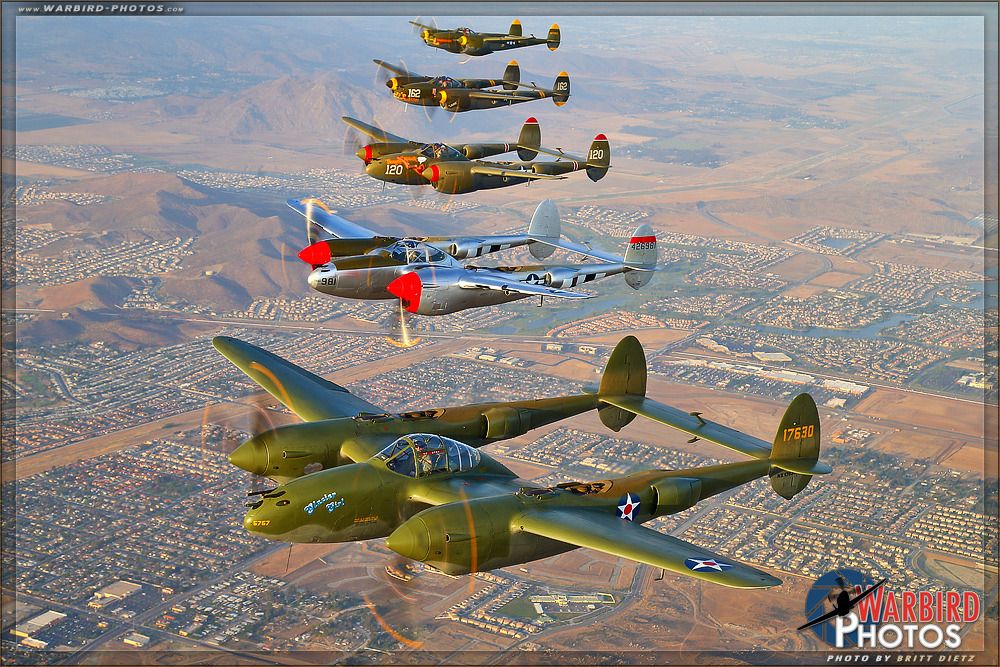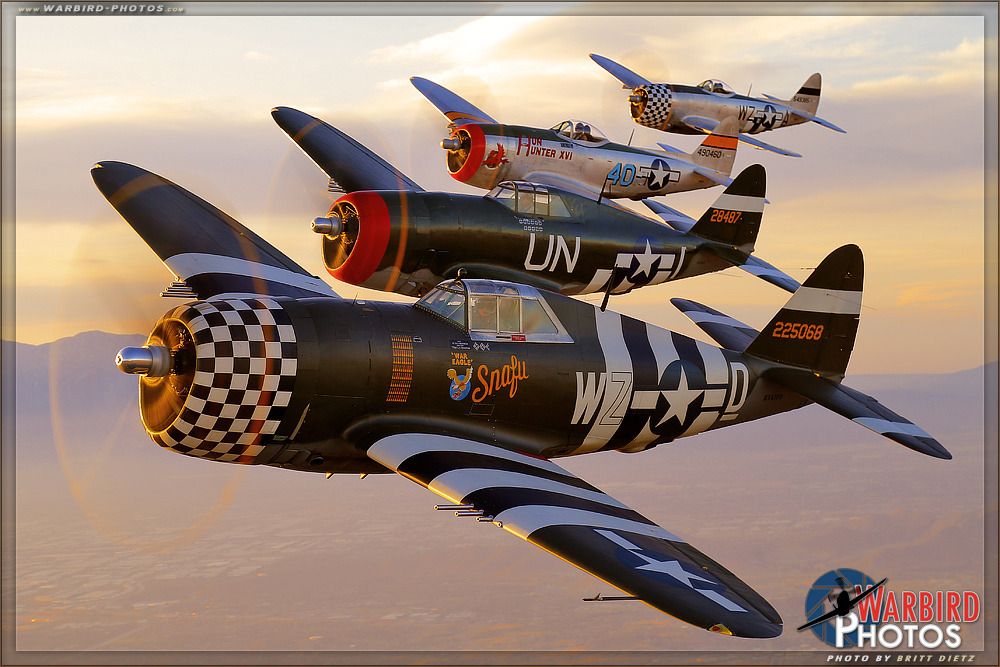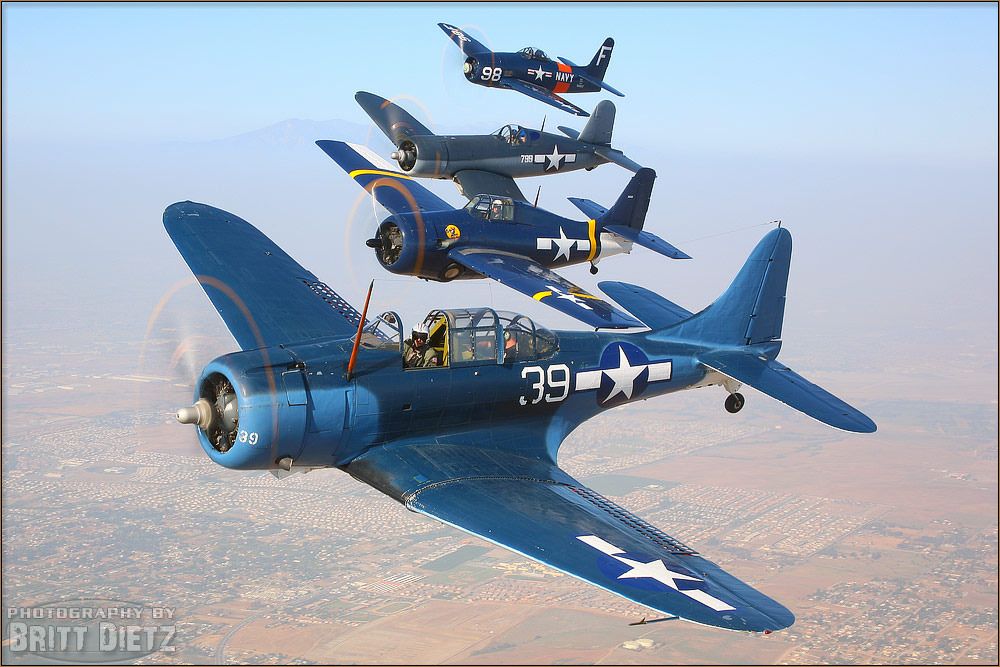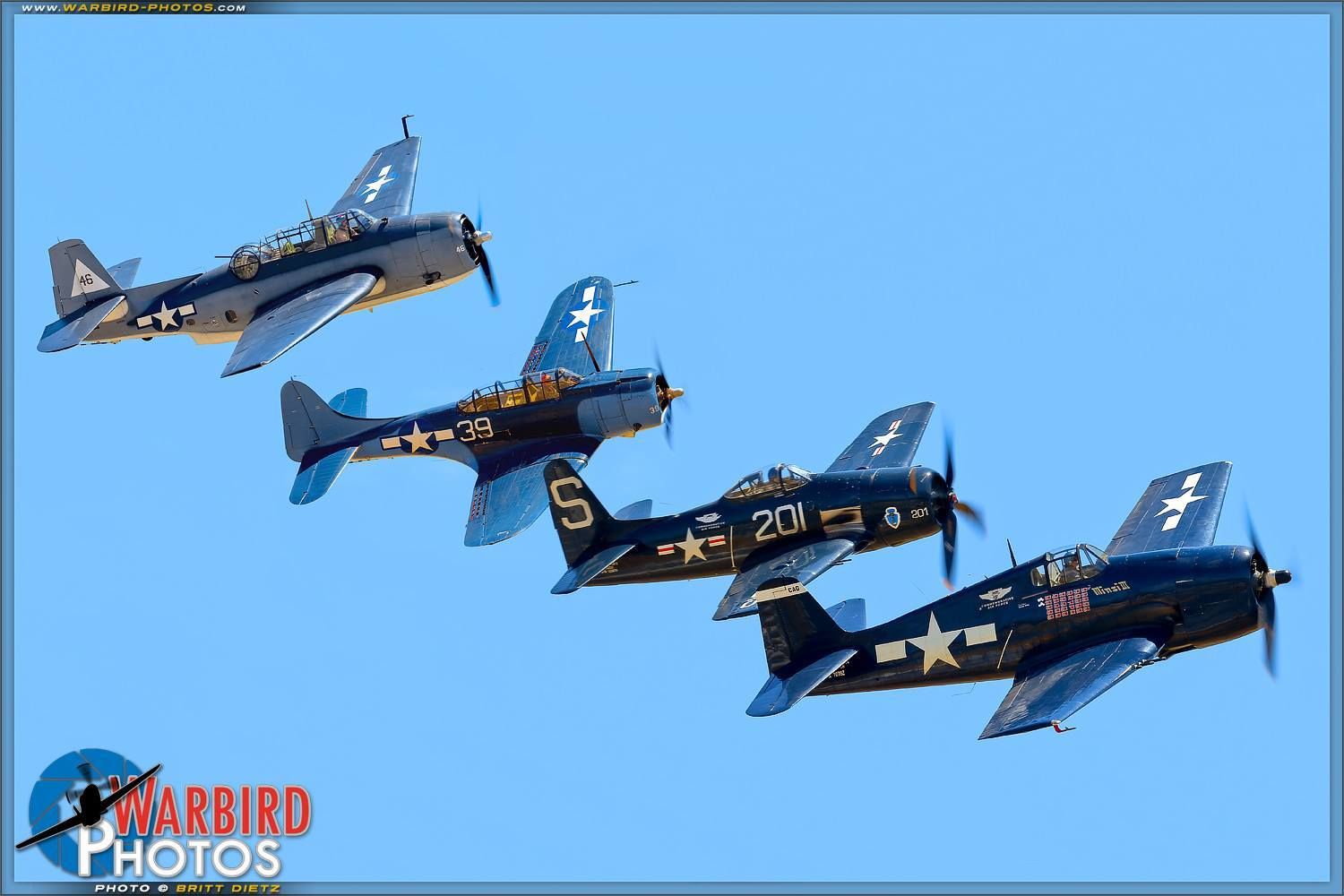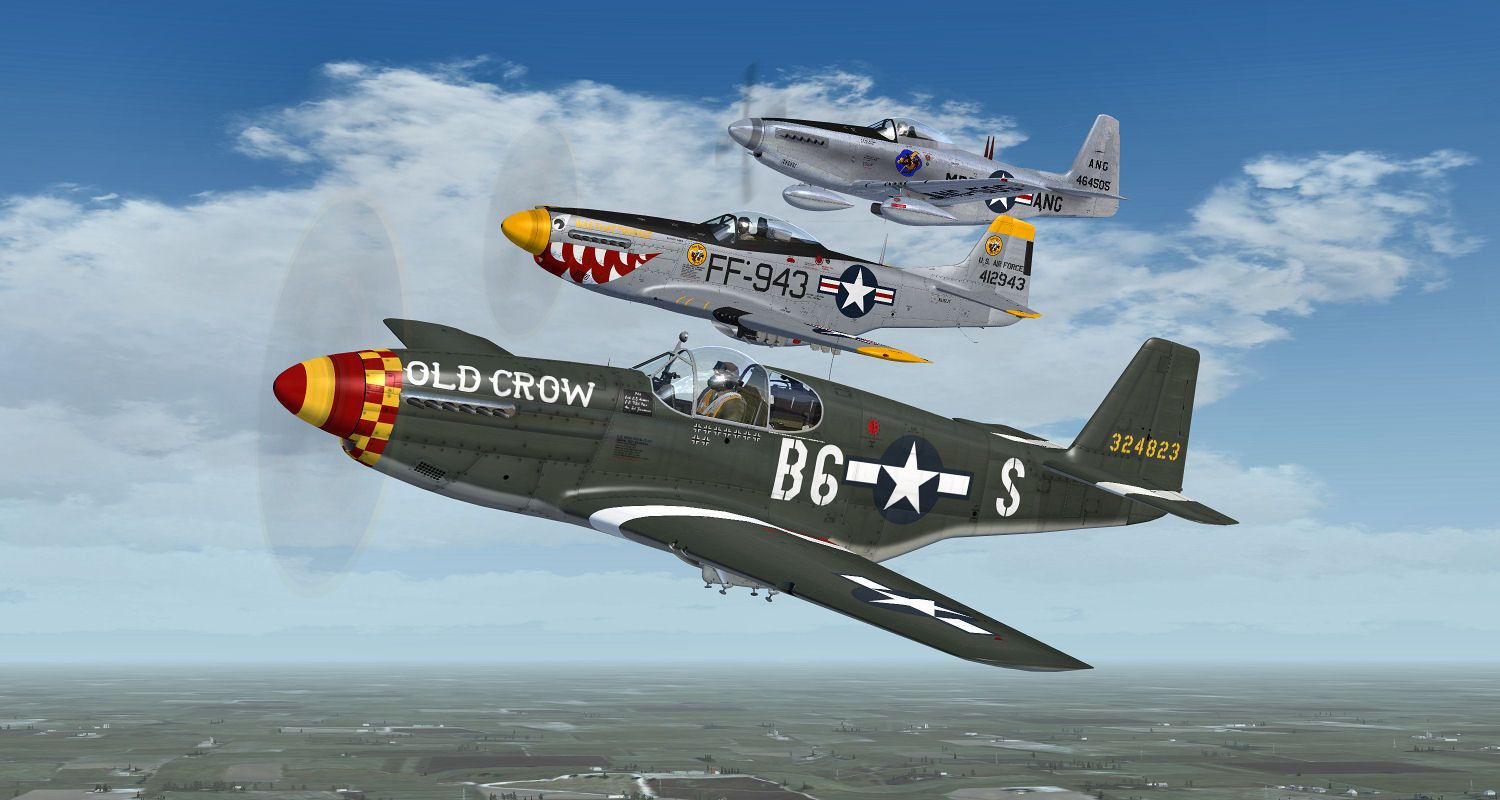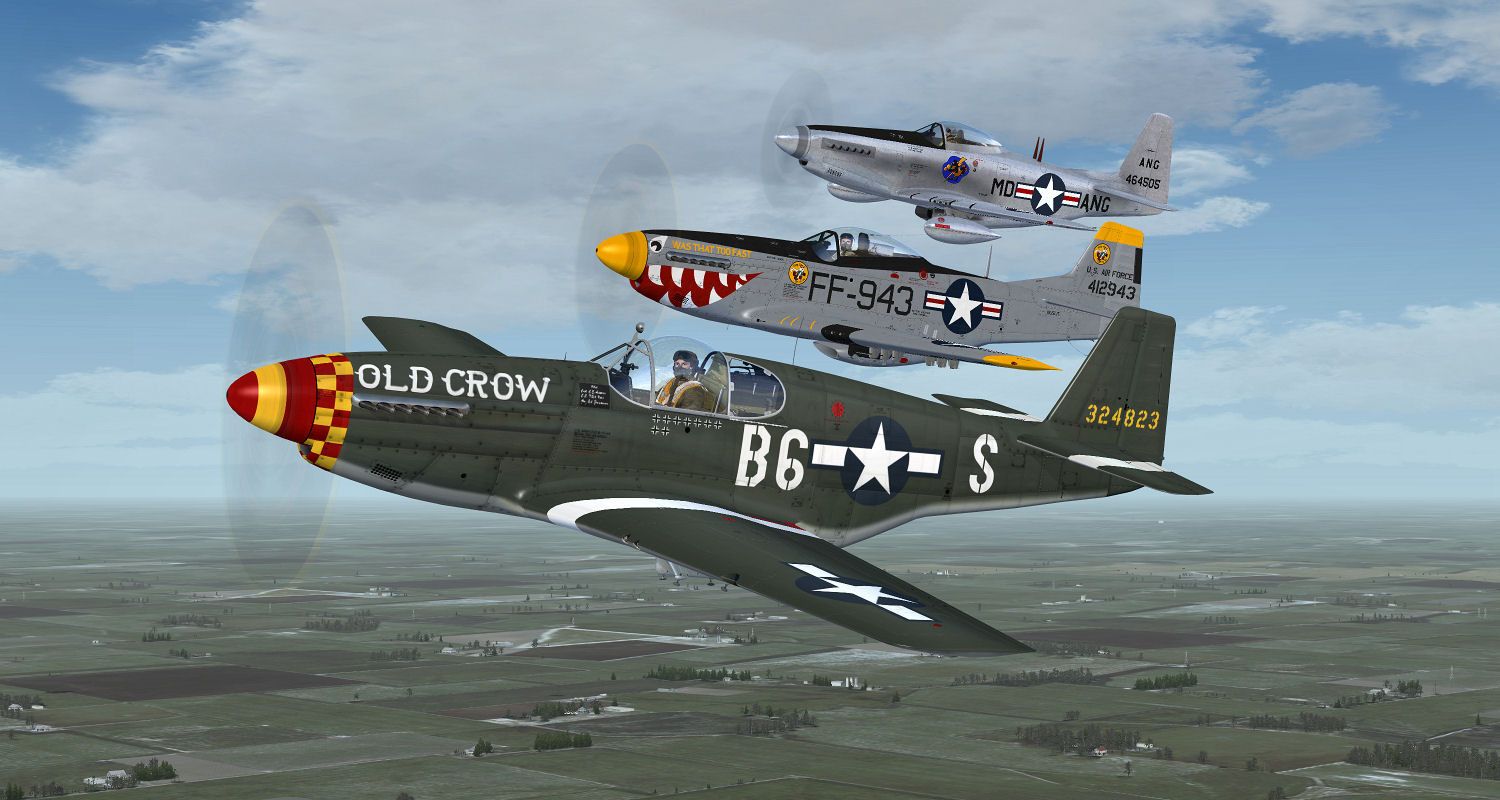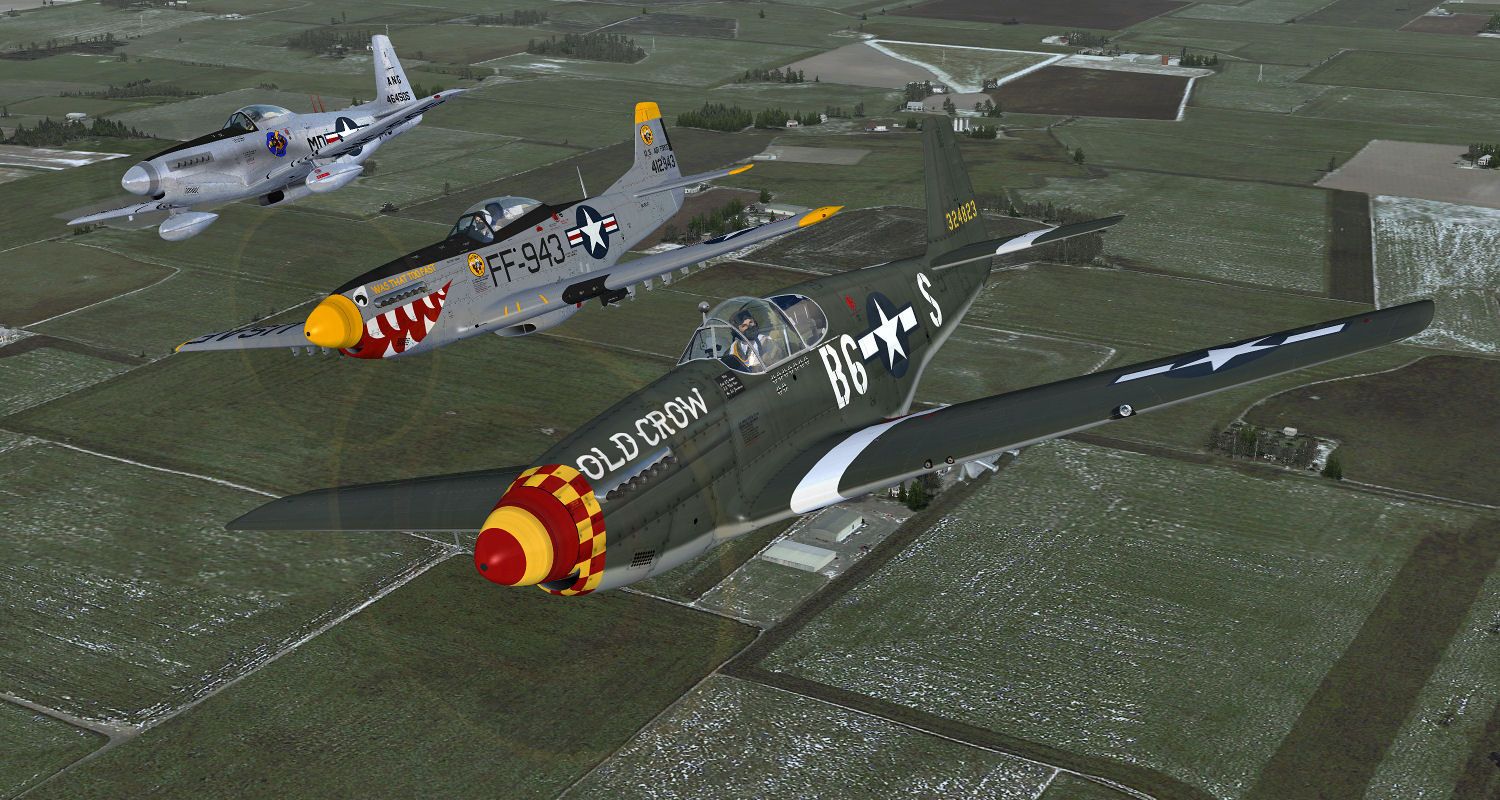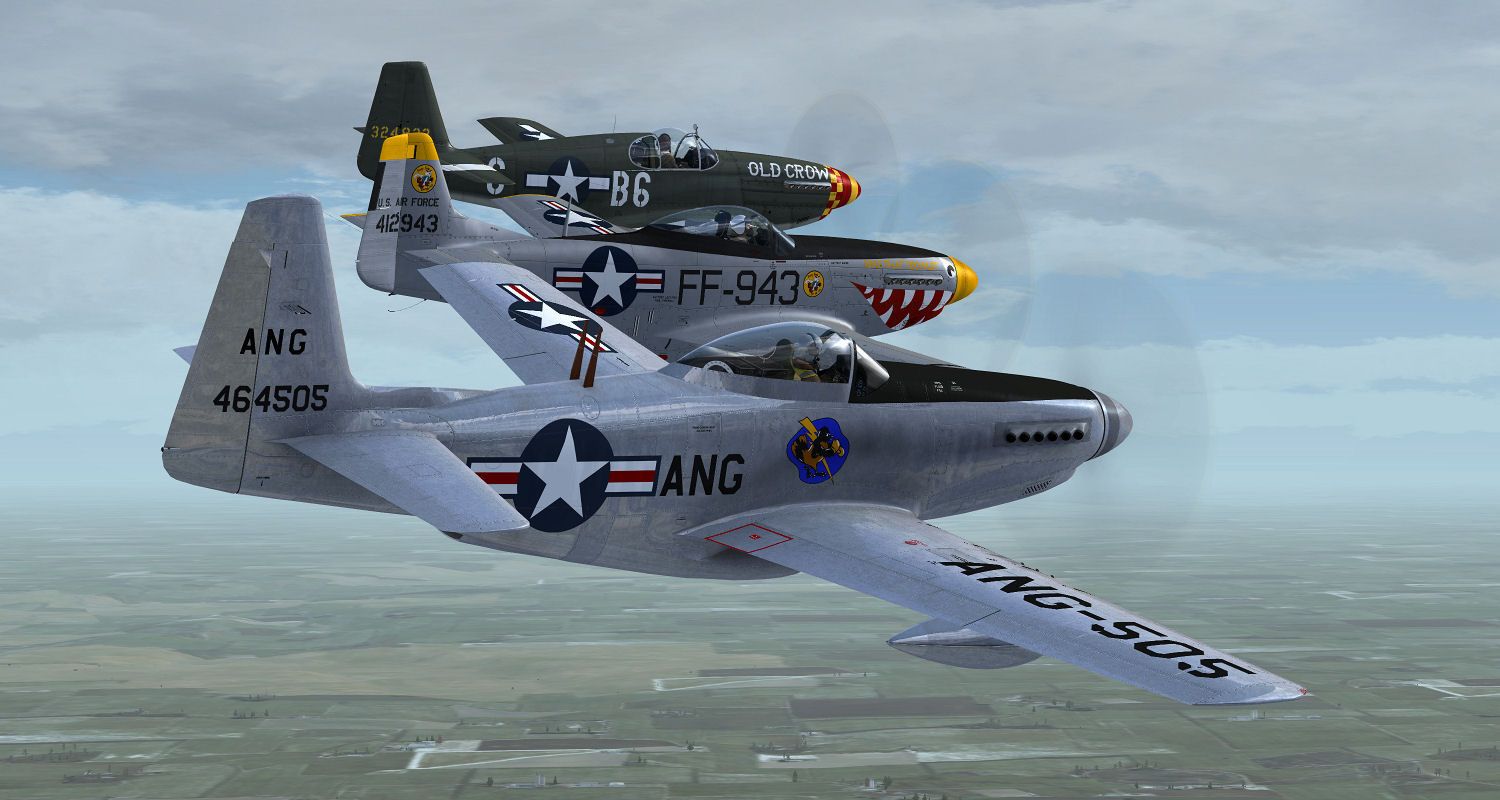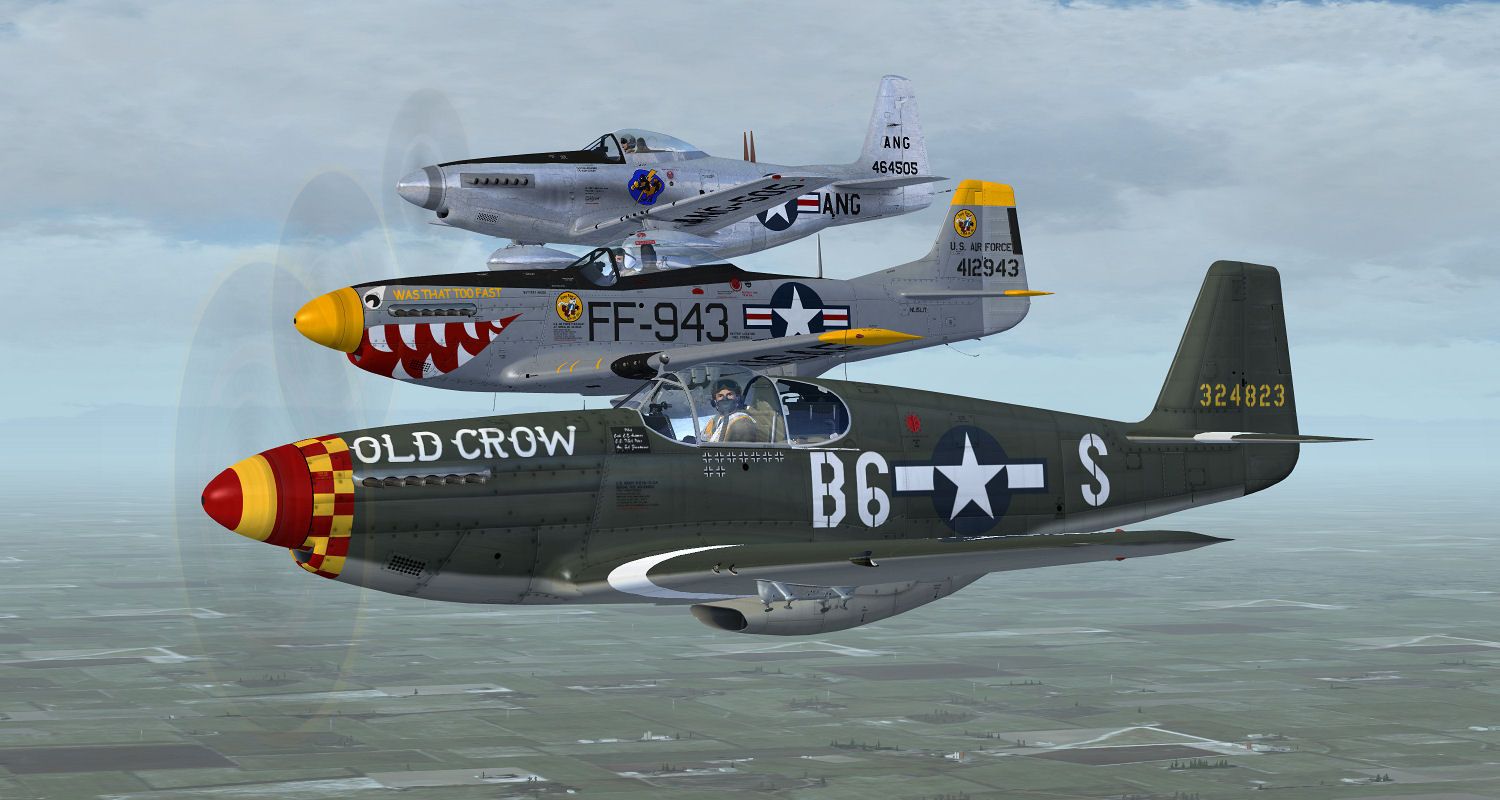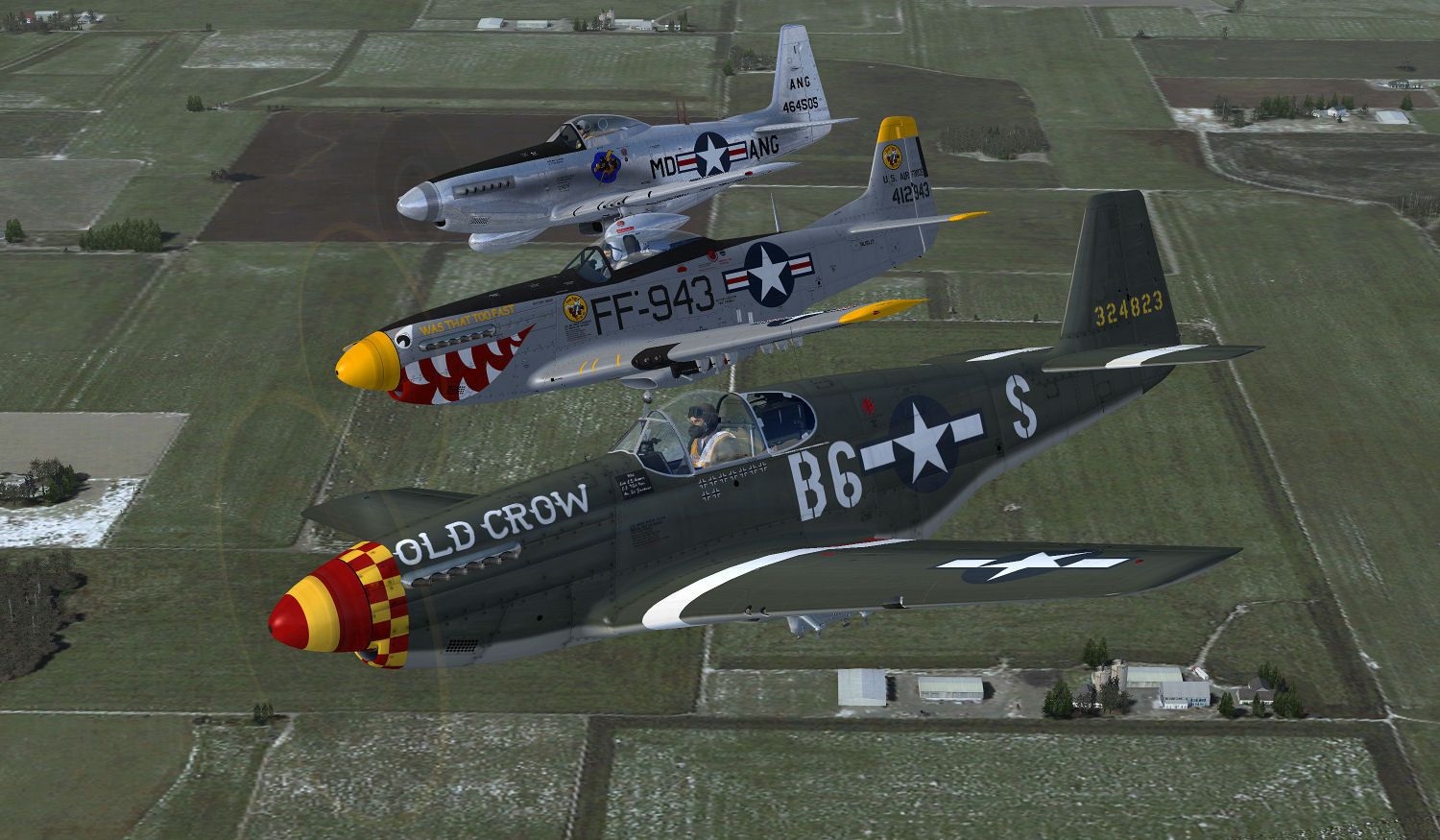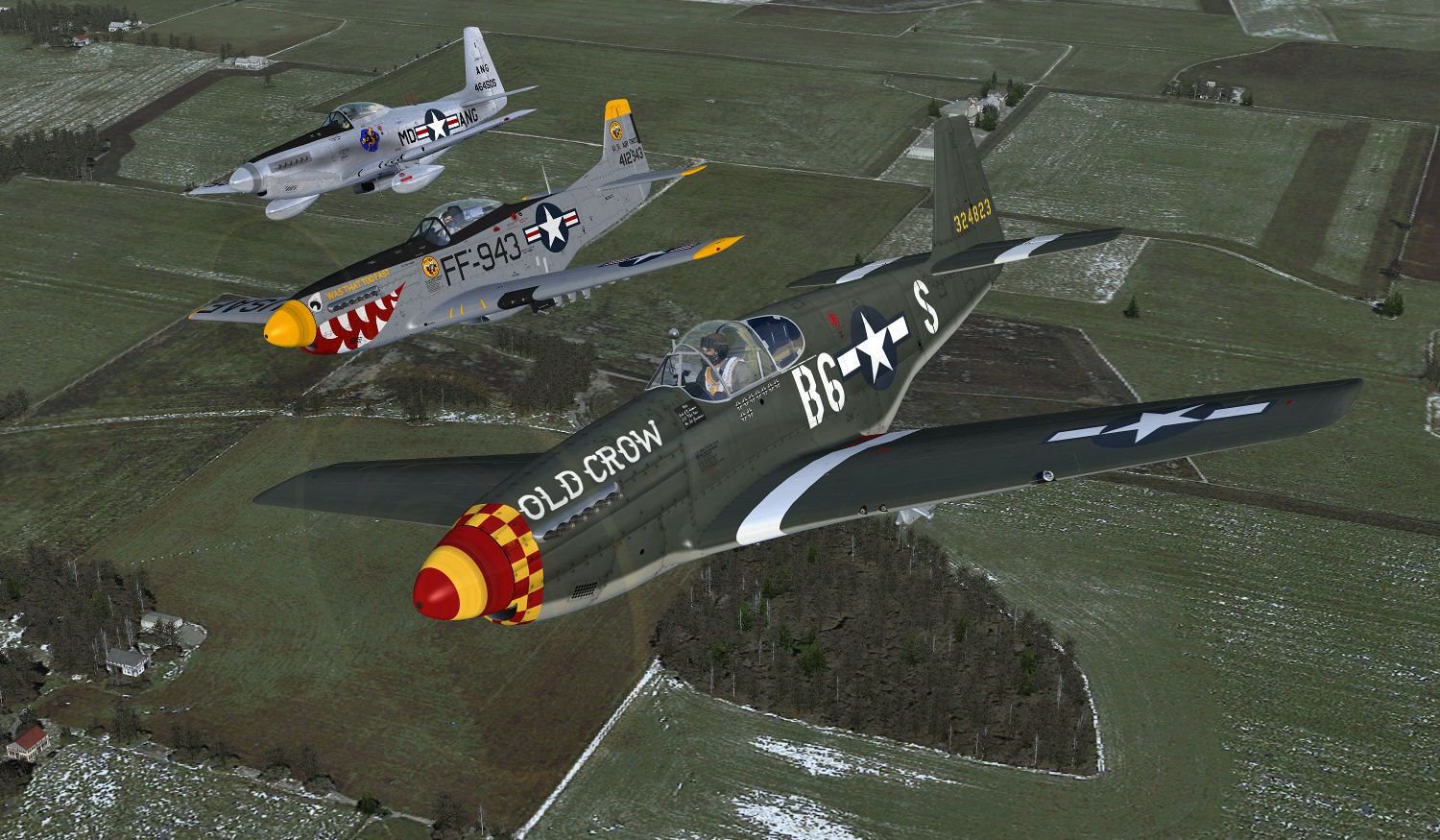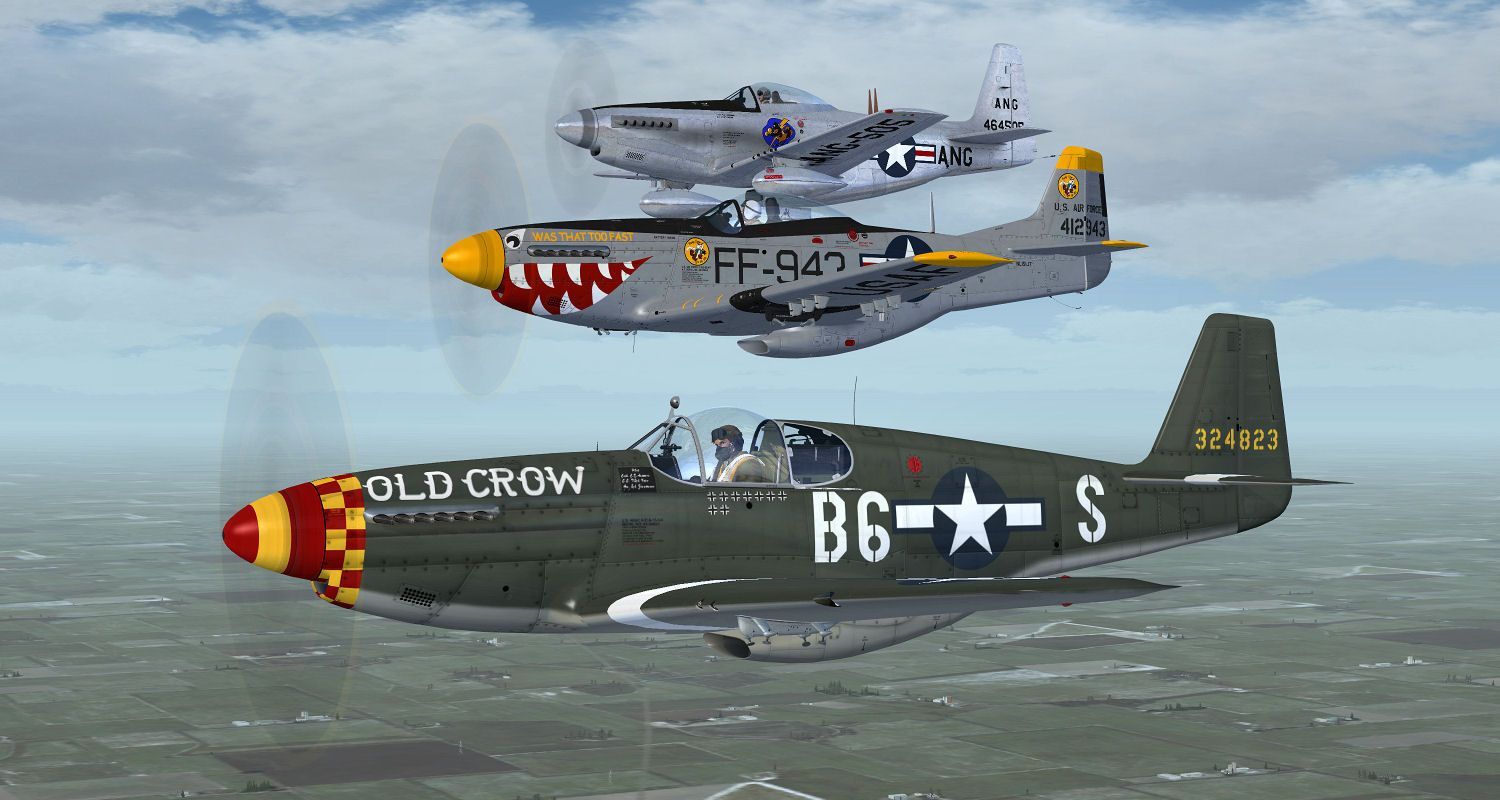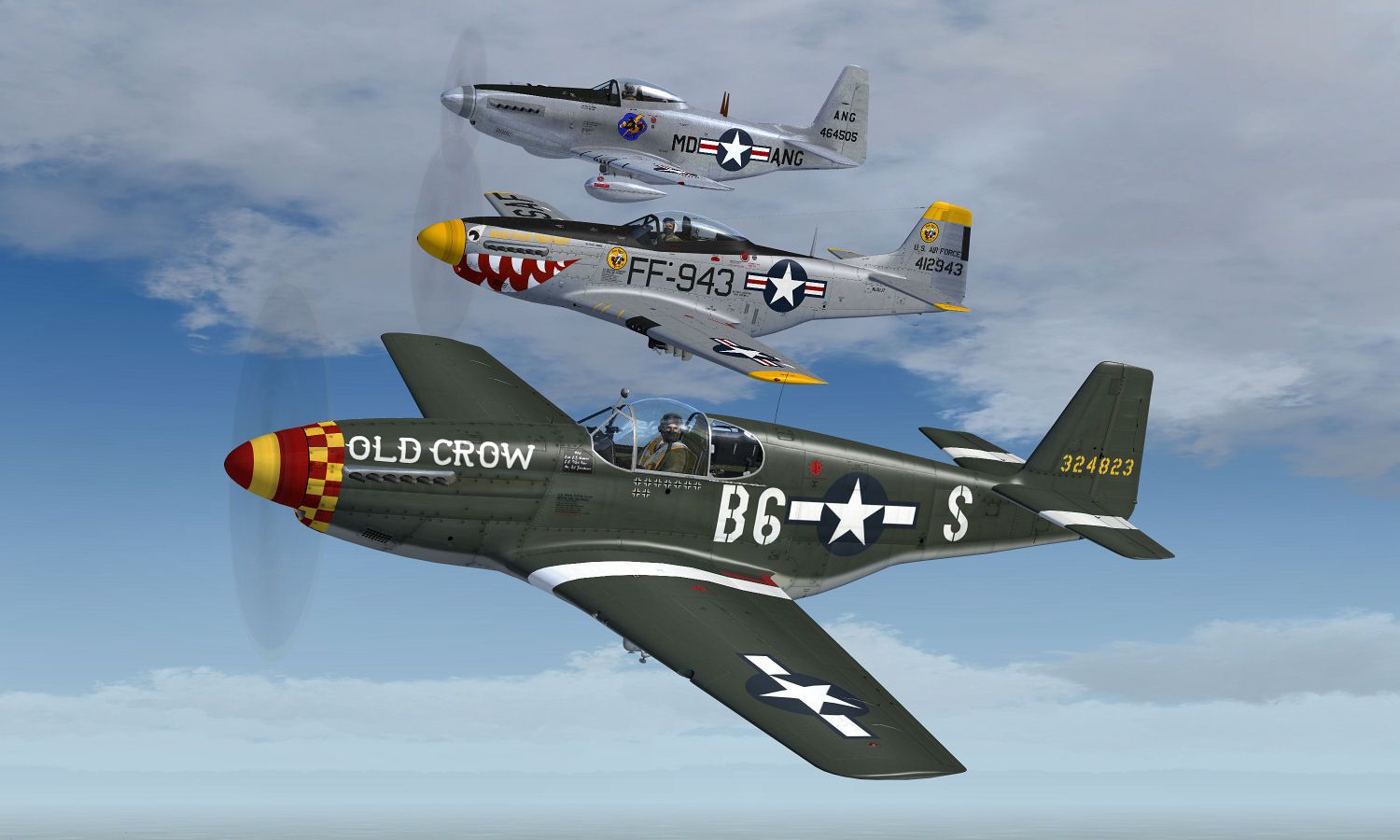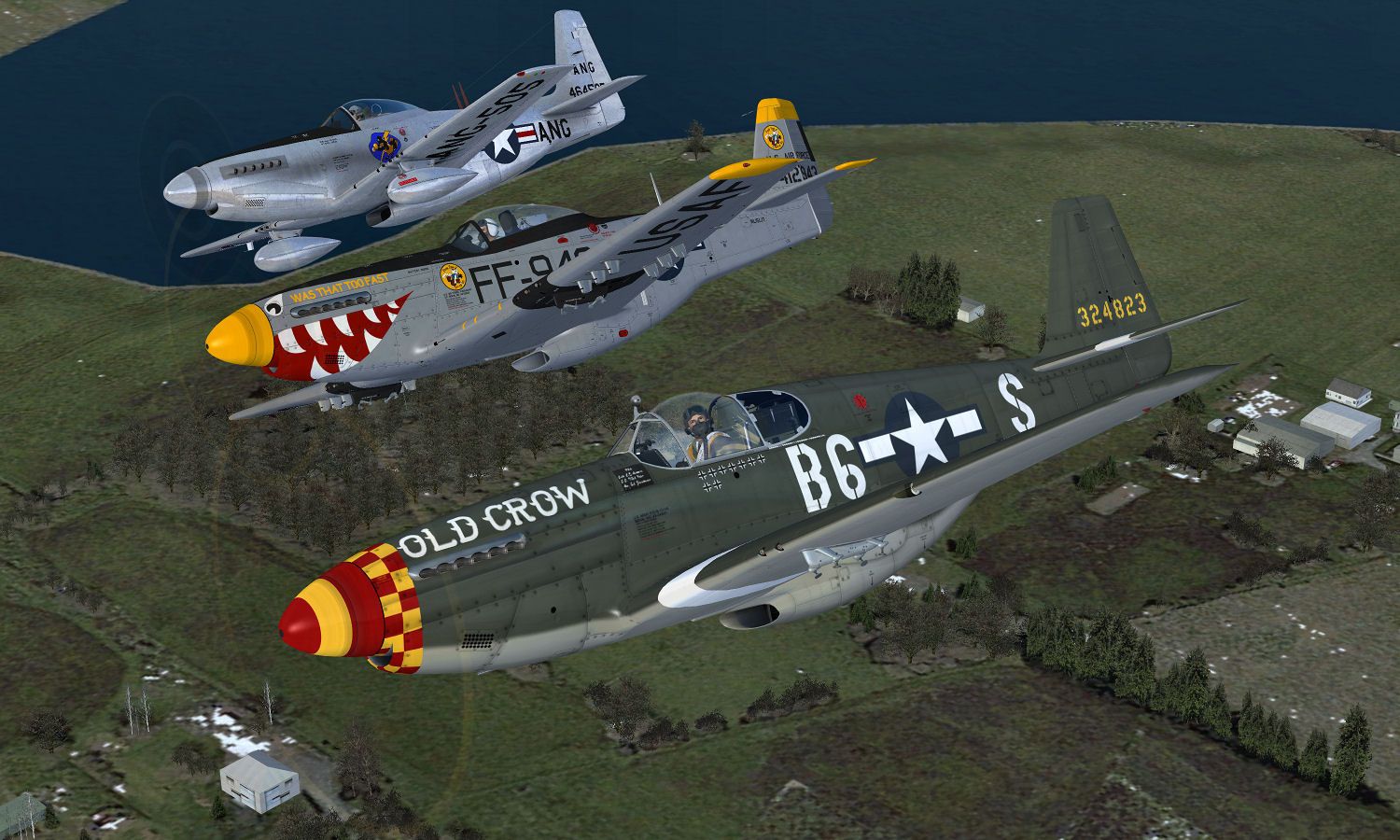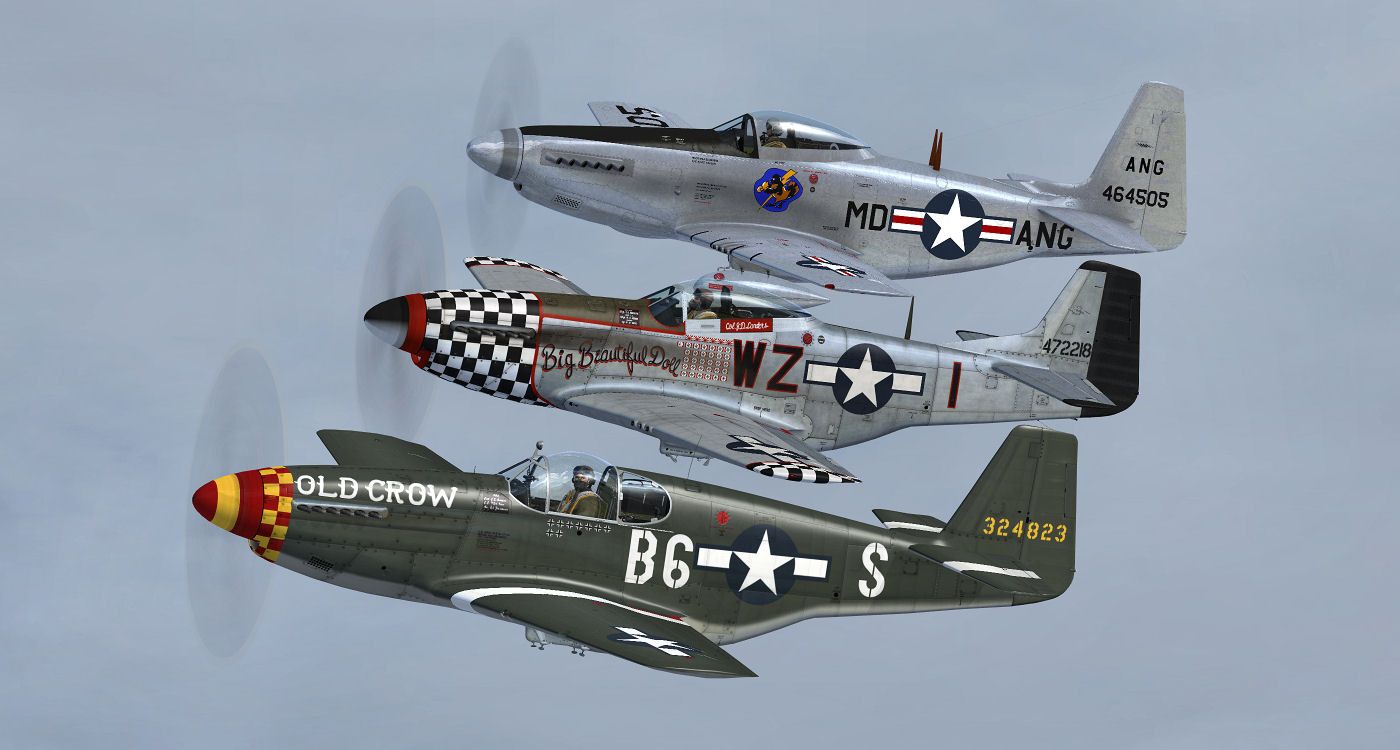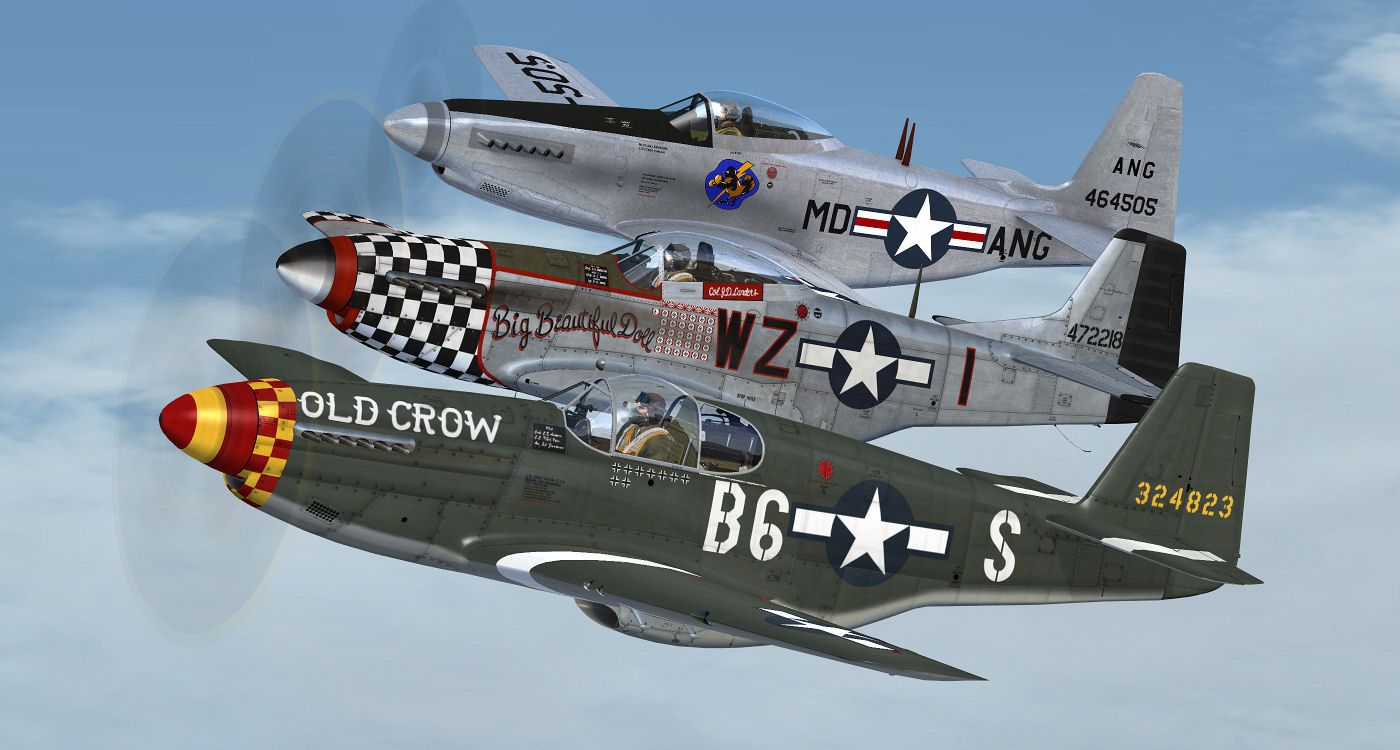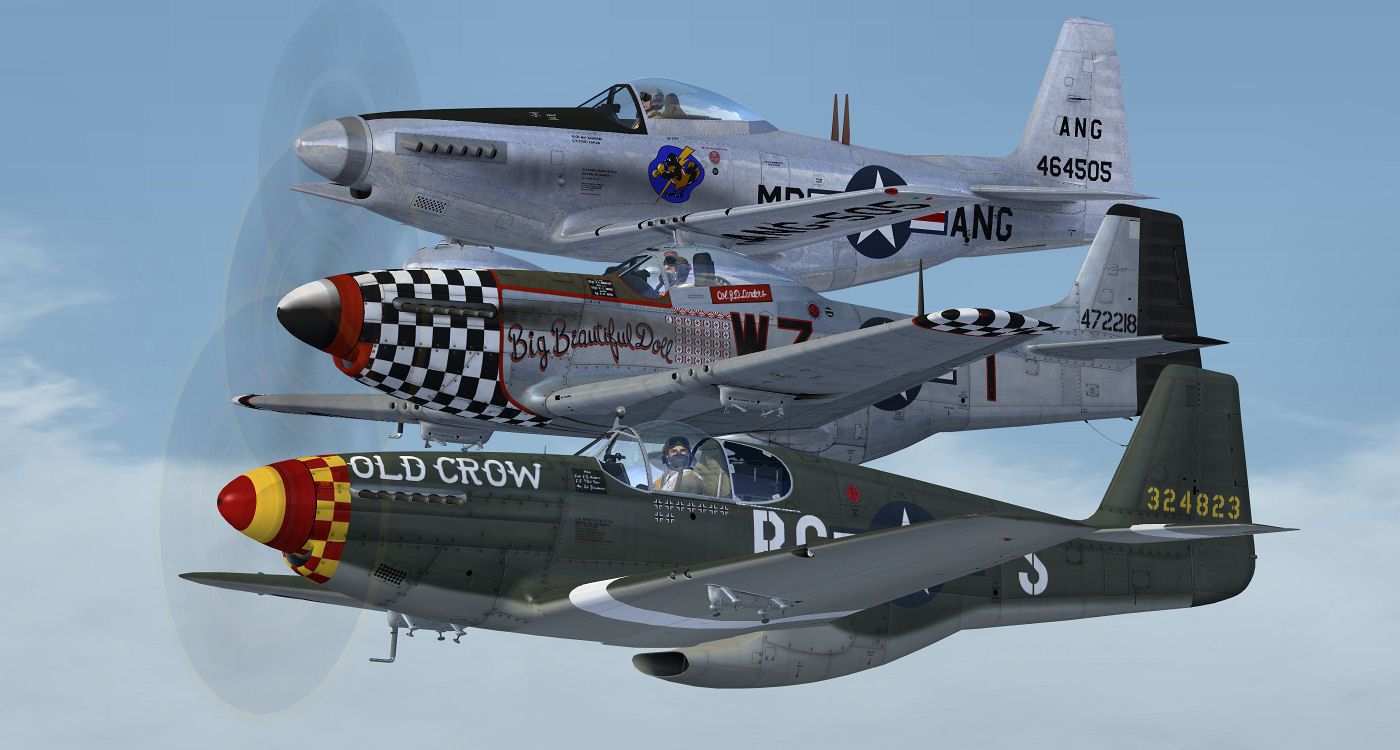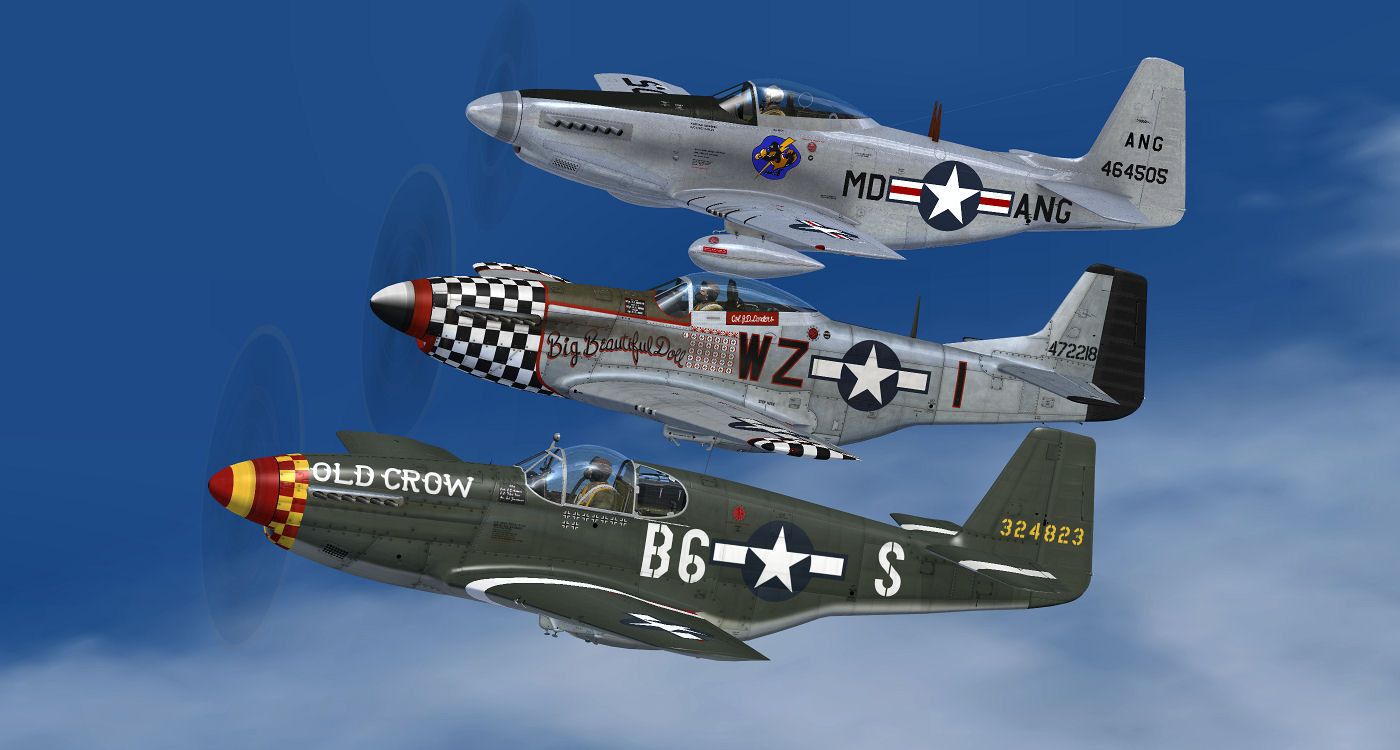-
There seems to be an uptick in Political comments in recent months. Those of us who are long time members of the site know that Political and Religious content has been banned for years. Nothing has changed. Please leave all political and religious comments out of the forums.
If you recently joined the forums you were not presented with this restriction in the terms of service. This was due to a conversion error when we went from vBulletin to Xenforo. We have updated our terms of service to reflect these corrections.
Please note any post refering to a politician will be considered political even if it is intended to be humor. Our experience is these topics have a way of dividing the forums and causing deep resentment among members. It is a poison to the community. We appreciate compliance with the rules.
The Staff of SOH
-
Please see the most recent updates in the "Where did the .com name go?" thread. Posts number 16 and 17.
You are using an out of date browser. It may not display this or other websites correctly.
You should upgrade or use an alternative browser.
You should upgrade or use an alternative browser.
"Mustangs Mustangs"
- Thread starter Bomber_12th
- Start date
Bomber_12th
SOH-CM-2025
Bradburger
Charter Member
Lovely shots as usual John.
I see you even briefed the pilots to try and get them looking at the camera ship all together!
Cheers
Paul
I see you even briefed the pilots to try and get them looking at the camera ship all together!
Cheers
Paul
Bomber_12th
SOH-CM-2025
Thanks guys! I'm not well-versed in camera/photography terminology, but the camera was always fairly close to the main subject/user aircraft in all of these shots, with the camera itself zoomed-out, so it exaggerates the effect of the objects farther away from the camera getting smaller and smaller - now, had I put the camera father away from the main subject aircraft, and then zoomed-in on the formation, the aircraft farther away would of course appear larger.
Speaking of Mustang variants...as I posted to the Warbirdsim FB page as well, I recently got to visit C&P Aviation, which is restoring an F-82E to fly (this one is different than the one under restoration to fly by Tom Reilly, which is an XP-82). C&P's "Twin Mustang" last saw service with the NACA, and that is how it is being restored/will be painted. It has been under restoration for 15, going on 16, years now, and the airframe restoration is now essentially complete - though not seen attached, the wings are done, and the remaining sheet metal work has been focused on the radiator scoops and landing gear spade doors (including a set for Reilly's XP-82). The biggest remaining hurdle are the engines, which are being overhauled/built-up in-house. Unlike the XP-82, which uses Merlins (as per original), the F-82E is fitted with Allisons (as per original), but they are almost nothing like any other Allisons out there - these Allisons, which are G-6 variants, are among the very last developments of the Allison engine, and are capable of producing roughly 2,000 hp each. There are a lot of extra mechanical/systems aspects of these engines, which allowed the pilot workload to be reduced. C&P also own a P-51D (former "Ridge Runner") which has been under restoration and conversion into a TF-51D (and will sport a new paint scheme - the current plan for the intended paint scheme sounds really cool), as well as a P-51H project and some other really rare warbirds.
Both the P-51H and P-82 designs were developments from the XP-51F design, which was a complete departure from all prior P-51 design - all had quite a lot more fuselage area than the earlier Mustangs (A-D).
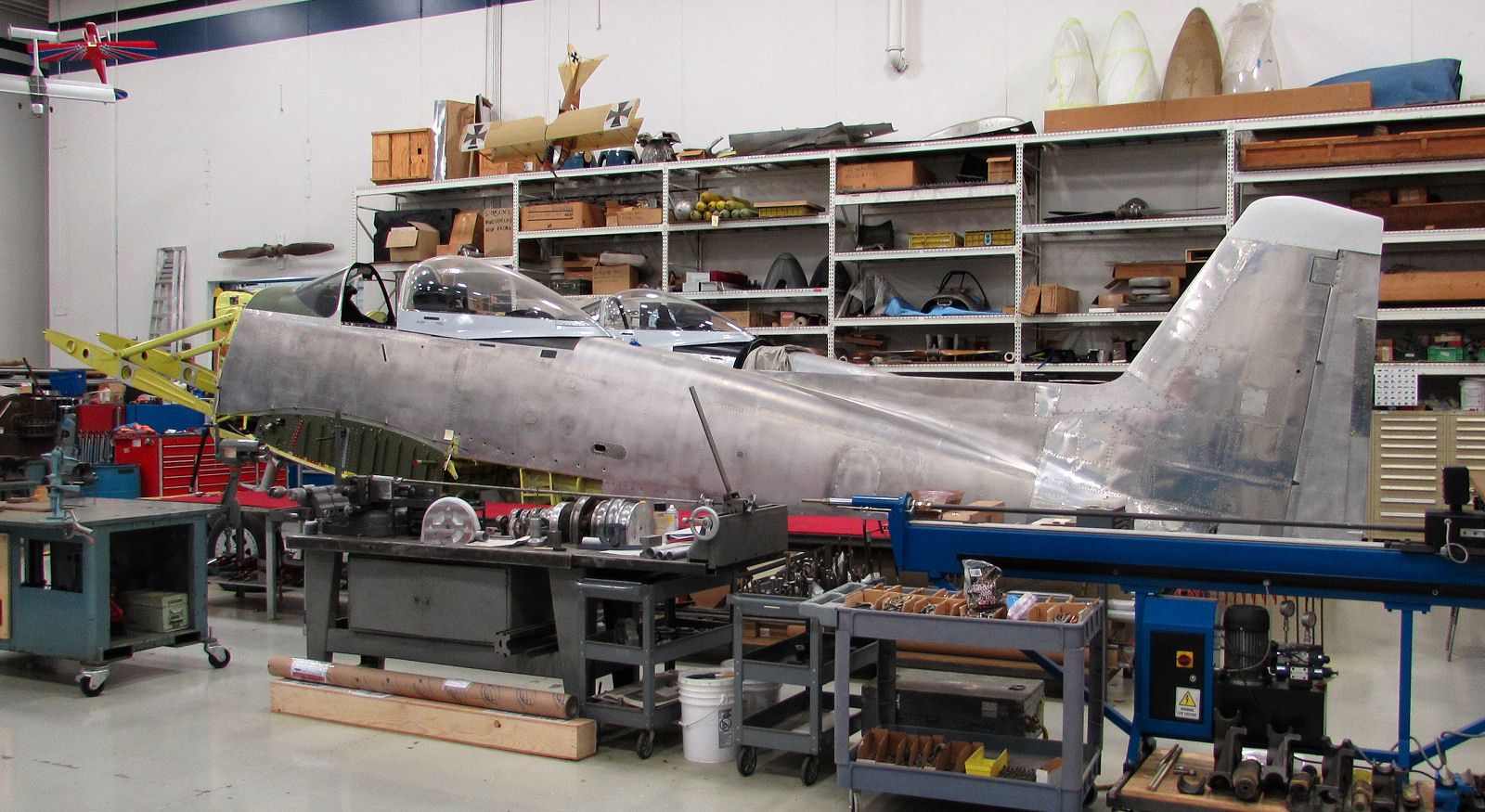
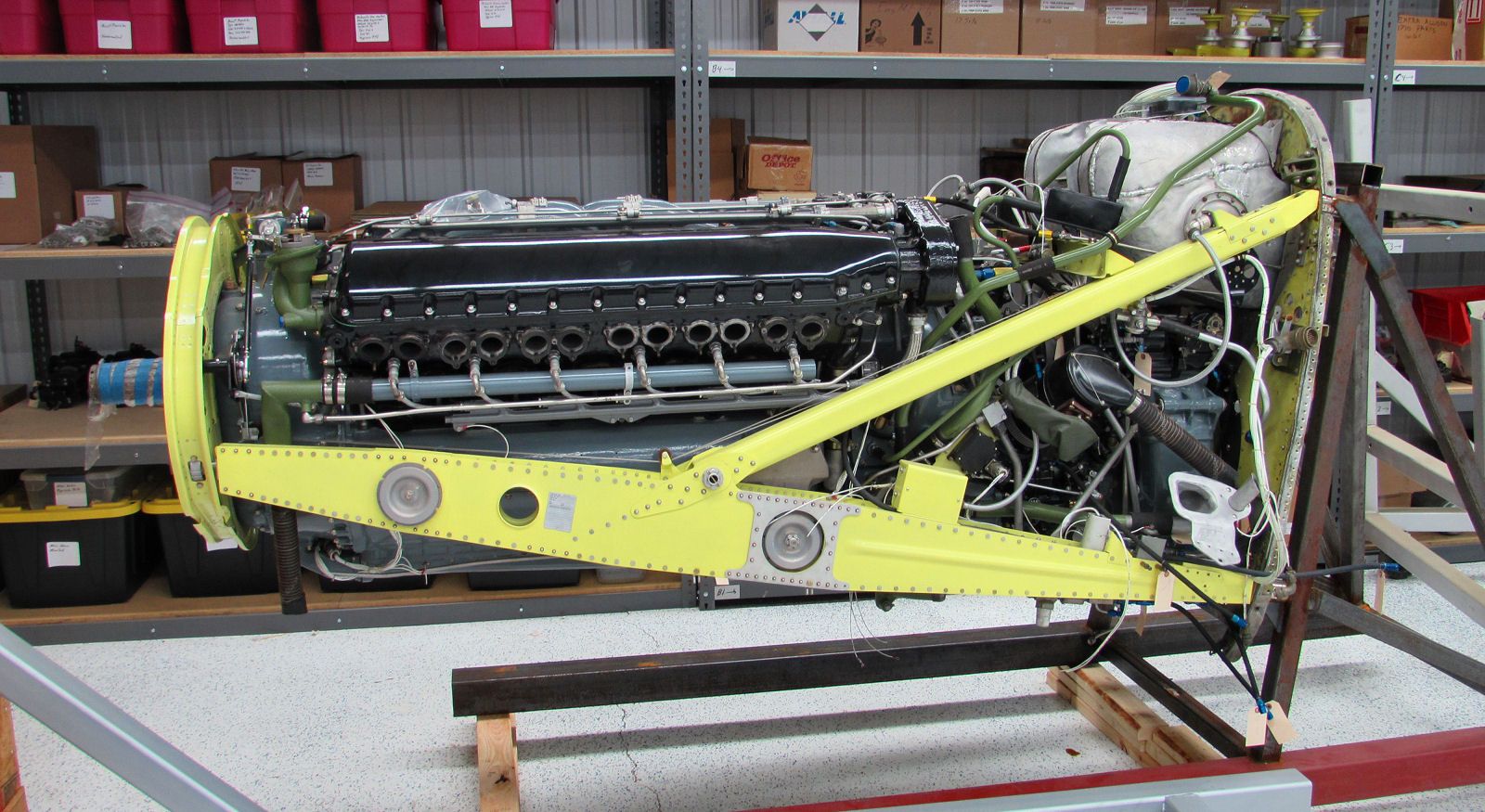
Canopy frame for the P-51H project - like many aspects of the P-51H/P-82, their parts are very similar in design, but are different.
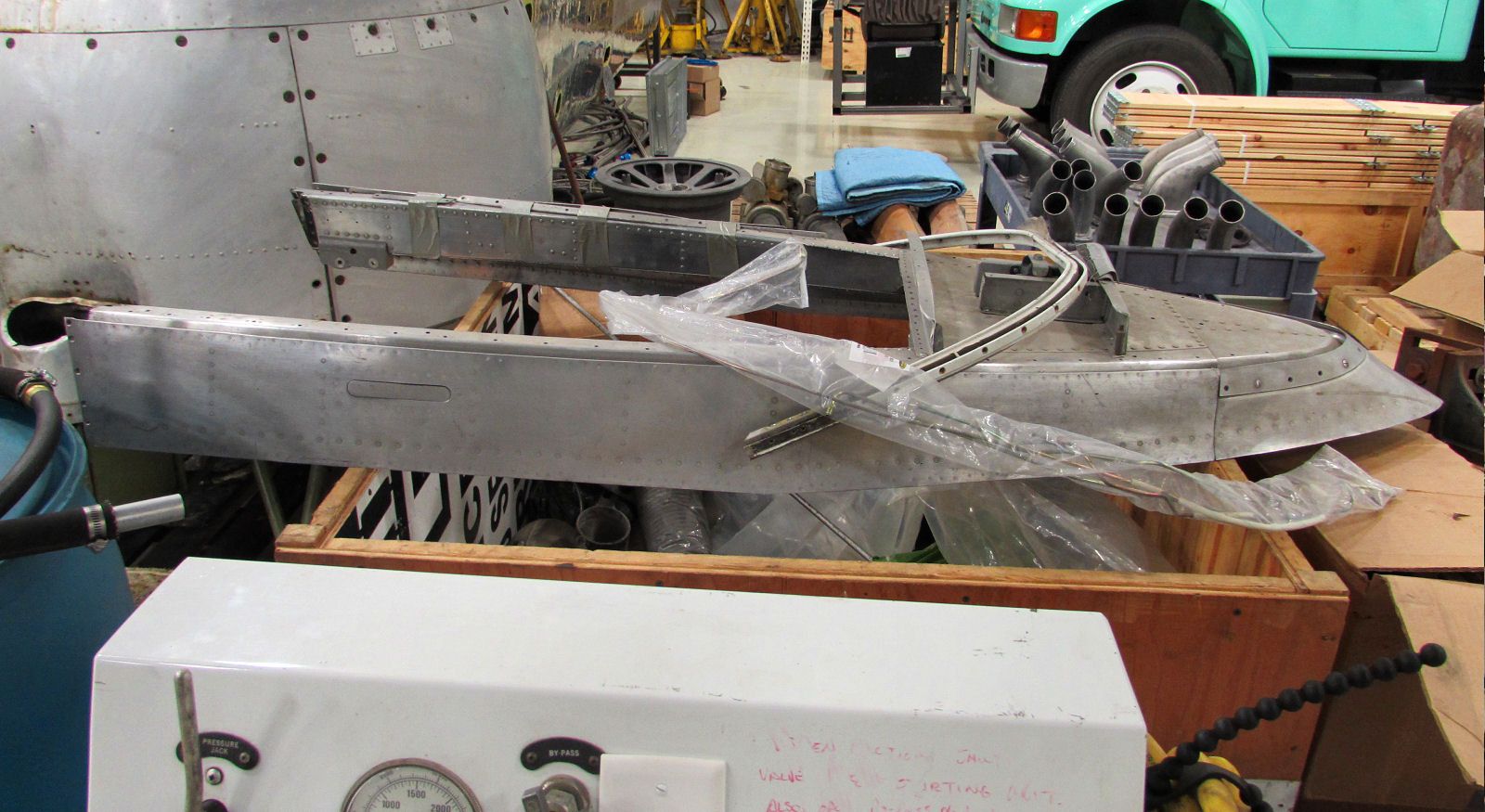
Cowlings, induction trunk, and one of the completed wings for the P-82.
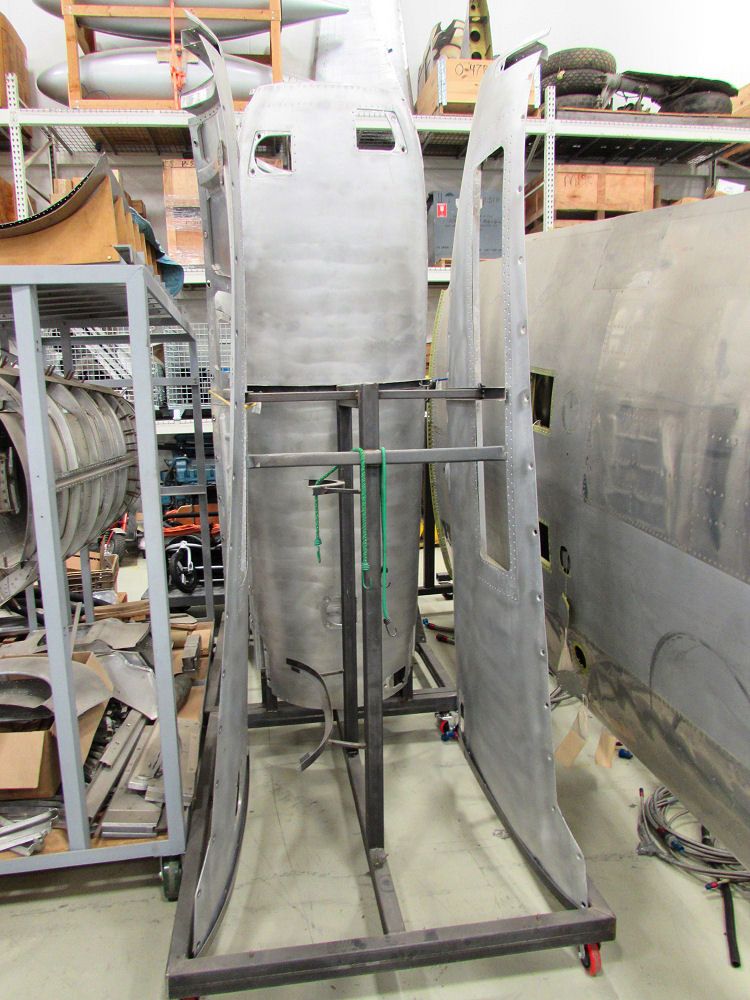
Speaking of Mustang variants...as I posted to the Warbirdsim FB page as well, I recently got to visit C&P Aviation, which is restoring an F-82E to fly (this one is different than the one under restoration to fly by Tom Reilly, which is an XP-82). C&P's "Twin Mustang" last saw service with the NACA, and that is how it is being restored/will be painted. It has been under restoration for 15, going on 16, years now, and the airframe restoration is now essentially complete - though not seen attached, the wings are done, and the remaining sheet metal work has been focused on the radiator scoops and landing gear spade doors (including a set for Reilly's XP-82). The biggest remaining hurdle are the engines, which are being overhauled/built-up in-house. Unlike the XP-82, which uses Merlins (as per original), the F-82E is fitted with Allisons (as per original), but they are almost nothing like any other Allisons out there - these Allisons, which are G-6 variants, are among the very last developments of the Allison engine, and are capable of producing roughly 2,000 hp each. There are a lot of extra mechanical/systems aspects of these engines, which allowed the pilot workload to be reduced. C&P also own a P-51D (former "Ridge Runner") which has been under restoration and conversion into a TF-51D (and will sport a new paint scheme - the current plan for the intended paint scheme sounds really cool), as well as a P-51H project and some other really rare warbirds.
Both the P-51H and P-82 designs were developments from the XP-51F design, which was a complete departure from all prior P-51 design - all had quite a lot more fuselage area than the earlier Mustangs (A-D).


Canopy frame for the P-51H project - like many aspects of the P-51H/P-82, their parts are very similar in design, but are different.

Cowlings, induction trunk, and one of the completed wings for the P-82.

Bomber_12th
SOH-CM-2025
MustangL2W
Charter Member
Those shots are simply AMAZING! Have to look twice because they look like actual photos shot by one of the great Warbird photographers and put in a calendar. Calendar! There's an idea.... Ha Ha ha
Greenhouse357
SOH-CM-2023
Very nice, John!
Stickshaker
SOH-CM-2023
Does anyone know whether there are any 'what if' WWII skins around for the P-51H? I really like the plane but its postwar paints, however realistic, do not generate much interest for me.
res non verba
Charter Member
Great set of shots!


Stickshaker
SOH-CM-2023
Great set of shots!

Absolutely! You would not see such an image in the real world; theta one of the nice things about sims.
Bomber_12th
SOH-CM-2025
It is nice to be able to put together flights that haven't been done yet in real-life, but I actually get more enjoyment out of recreating flights that have. Since there are 8 P-51B/C's flying, around 170 P-51D/K's flying, and 2 P-51H's flying (and more of all of these still under restoration to fly), it wouldn't be too surprising to see a P-51B/C, D, and H formation at some point.
This is what my inspiration was - in this case a P-51A, P-51C, and P-51D (I just haven't finished my P-51A yet).
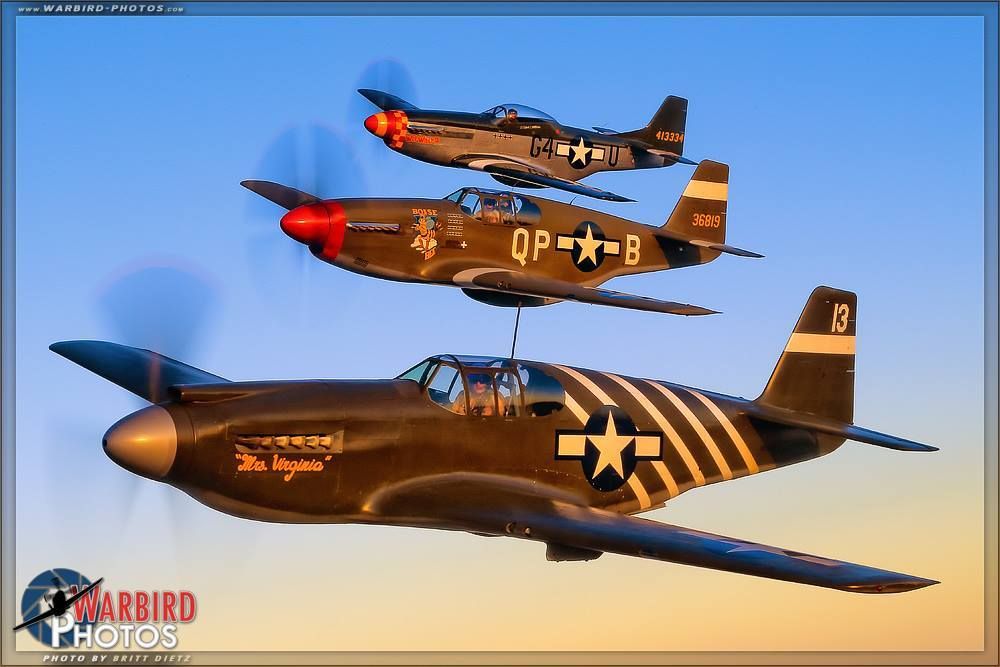
Never say never...
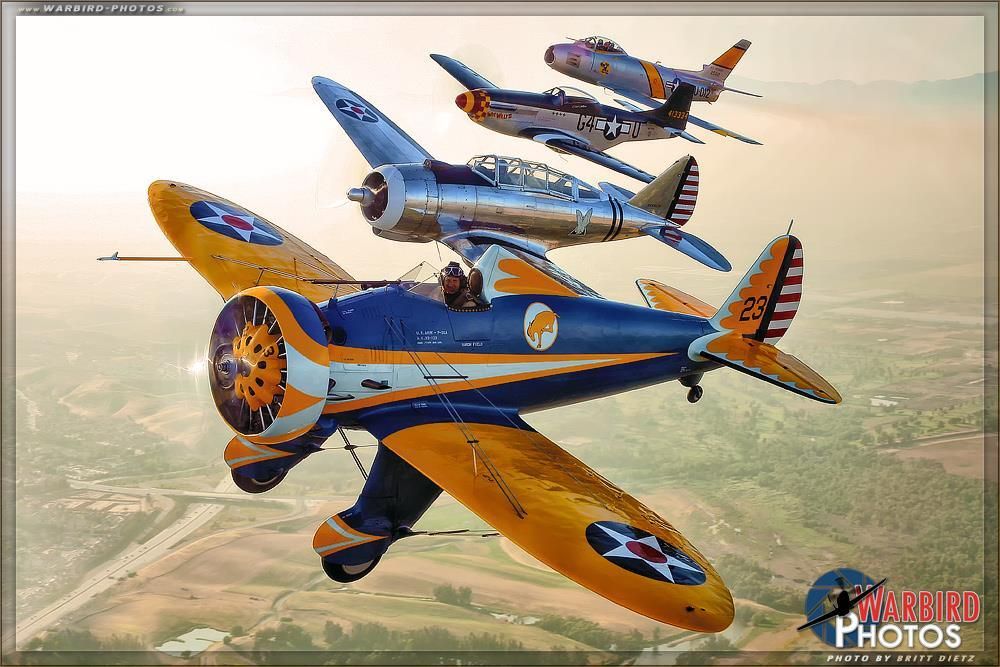

And part of the inspiration for my other recent screenshot thread:
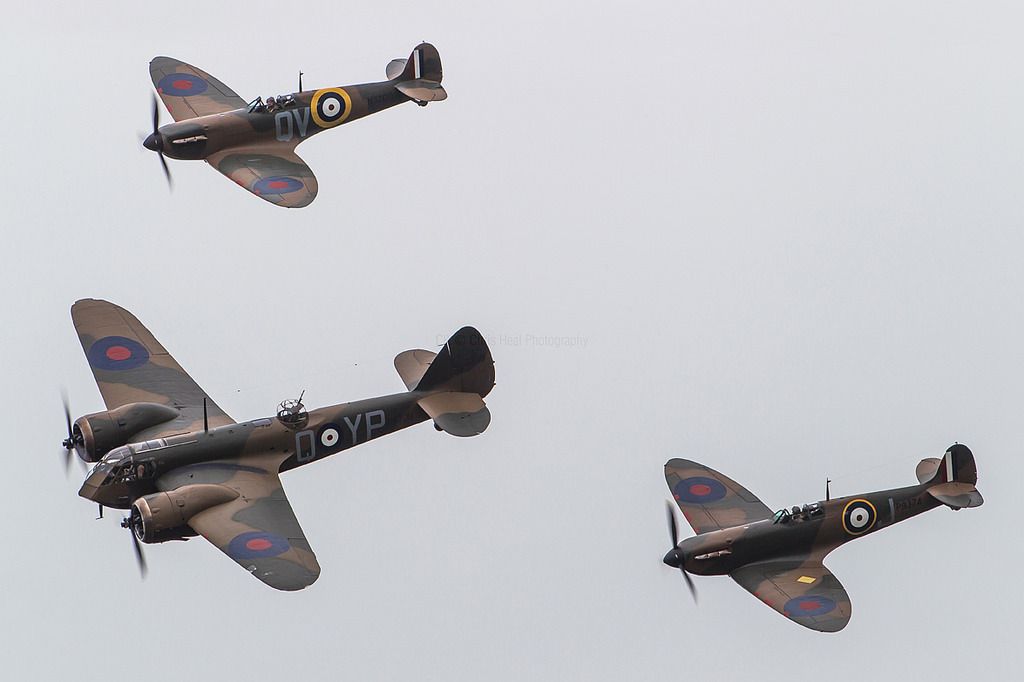
This is what my inspiration was - in this case a P-51A, P-51C, and P-51D (I just haven't finished my P-51A yet).

Never say never...


And part of the inspiration for my other recent screenshot thread:

MustangL2W
Charter Member
Wow, I hadn't seen that formation of Bearcats. That right there is impressive for a model that isn't often seen let alone all together like that!
Bomber_12th
SOH-CM-2025
Yeah, "Planes of Fame" is known for organizing their airshows to bring together as many as they can of one particular "theme" aircraft, most years. I've been looking at photos like these, online and in magazines and calendars, for many years, so it is a lot of fun to try and recreate all of the same methods of formation flying and the same style of shots in the sim.
